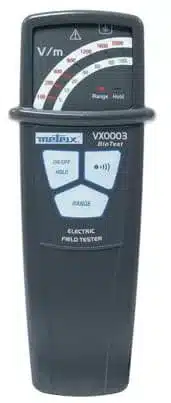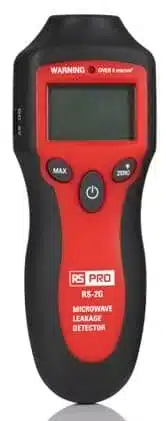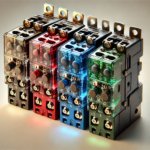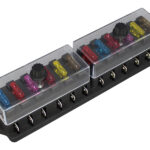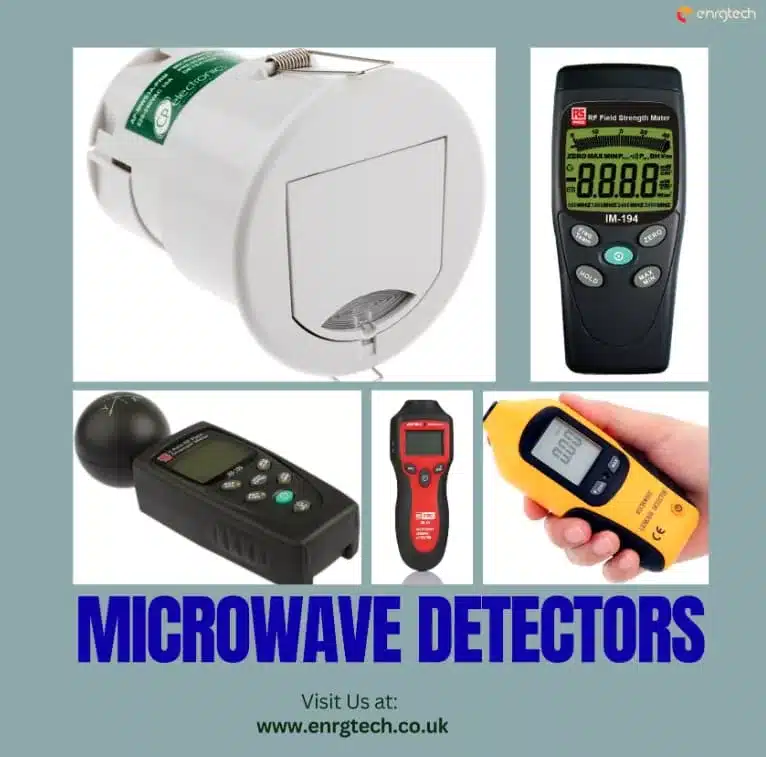
Introduction
Unseen but ever-present, microwave emissions play a critical role in many modern technologies. However, undetected microwave leakage poses genuine risks to safety and equipment performance. Enter microwave detectors: advanced instruments meticulously designed to pinpoint and measure microwave radiation. Moreover, in this detailed guide, we uncover how these tools safeguard environments and why they are essential for professionals and everyday users alike.
Understanding Microwave Emissions and Why It is a Concern?
Microwaves, a form of electromagnetic radiation, come with frequencies that typically range from 300 MHz to 300 GHz. These frequencies are utilized in everyday devices such as Wi-Fi routers, microwave ovens, mobile phones, and satellite communications. However, uncontrolled microwave emission can pose safety risks and cause interference with other electronic devices. That’s where microwave detectors come into play—they serve as vigilant tools for monitoring, measuring, and safeguarding against unwanted microwave exposure.
What Are Microwave Detectors? Definition & Core Purpose
Microwave detectors, also called microwave leakage detectors or microwave emission detectors, are specialised test and measurement instruments specifically designed to sense, quantify, and sometimes visualise the presence of microwave radiation. These handheld devices feature a probe with a signal-processing unit to capture microwave emissions and translate them into readable data.
A core purpose of a microwave leakage detector is to assess electromagnetic emissions—often invisible and odorless—that can leak from devices like microwave ovens, potentially posing risks to people or interfering with sensitive electronics. These compact devices are significant in diagnosing faults and leakage in microwave-based equipment, revealing and quantifying escaping energy before it reaches harmful levels.
How Do Microwave Detectors Work? The Science Behind the Measurement
A microwave emission detector operates by capturing microwave energy and converting it into a readable output—either an electrical signal or a visual indication. Most detectors employ a simple yet effective design, such as an antenna to pick up microwave energy, an RF diode to convert the microwave signal to a DC voltage, and an RC filter that smooths the signal for stable readings.
To simply understand, microwave leakage detectors contain a sensor designed to detect the presence of electromagnetic fields at microwave frequencies. The sensor converts the detected energy into electrical signals which are then processed and displayed as a numerical reading. In addition, many modern detectors feature a digital LCD display and advanced features like audible and visual alarms, robust accuracy, max hold function, a zero button, and a wider frequency range.
Standard Types of Microwave Detectors Explained
Microwave detectors are classified into various forms based on their intended use, design, and mounting configuration. Some standard types include:
- Handheld Detectors
Handheld microwave detectors are portable, battery-powered tools designed for on-the-spot inspections and safety checks. Moreover, they are compact, easy to operate, and lightweight, making them ideal for assessing microwave emission levels in various environments, from a kitchen to laboratories. With user-friendly interfaces and instant readouts, handheld detectors offer mobility, fast response, and versatile detection for maintenance, repairs, and compliance checks.
- Industrial Detectors
Industrial microwave detectors are rugged and robust devices designed for consistent performance in demanding industrial settings. Built to handle harsh conditions, these detectors provide continuous monitoring of microwave emissions, ensuring workplace safety and equipment reliability. Furthermore, industrial models often come with sophisticated electronics and advanced features like automated alerts, remote monitoring, and integration with building management systems.
- High-Sensitivity Laboratory Detectors
As the name suggests, high-sensitivity laboratory microwave detectors are precision instruments specifically designed for scientific research and quality control. These detectors can identify minute traces of microwave emissions, making them essential for research facilities, electronics testing, and calibration labs. Additionally, they often support advanced analytics, data logging, and a broad detection range, enabling researchers to conduct highly accurate measurements and experiments.
- Wall-Mounted Microwave Emission Detectors
Wall-mounted microwave detectors provide a discreet and permanent solution for monitoring emission levels in fixed locations. These fixed-installation detectors are commonly installed in areas such as commercial kitchens, laboratories, or server rooms to ensure ongoing safety. Moreover, they offer hands-free operation, automated alerts, and can be networked with security or safety systems for integrated monitoring.
- Ceiling Mounted Detectors
Ceiling-mounted microwave emission detectors are ideal for large spaces where comprehensive area coverage is required, such as warehouses, hospitals, or data centers. Positioned overhead, these detectors can monitor a wider area and detect emissions from multiple equipment sources simultaneously. They are often chosen for their aesthetic integration and effectiveness in high-traffic or open-plan environments.
Selection Guide: Choosing the Right Microwave Detector
Selecting the best microwave detector depends on specific needs. However, when looking to purchase one, consider the following parameters to ensure you pick the right one based on your needs and budget:
- Type of Microwave Detector: Choosing the right detector starts with understanding your desired type.
- Application & Environment: Are you monitoring a home kitchen, an industrial machine, or a laboratory instrument? Handhelds are usually sufficient for homes, while industrial or wall/ceiling-mounted models are better for commercial or industrial spaces.
- Frequency Range: Match the detector’s range with the frequencies of your equipment or application.
- Sensitivity and Accuracy: Choose devices that offer the required detection threshold and measurement precision.
- Form Factor and Ease of Use: Decide between portable, bench-top, or integrated detectors based on usage scenarios. Ensure you pick a model that best fits and has advanced features.
- Output Interface: Consider whether you need digital readouts, analog outputs, or data logging capabilities.
- Ergonomics & User Safety: Look for non-slip grips, angled probes for hard-to-reach vents, and displays readable through PPE face shields. Audible alarms let inspectors focus on scanning rather than watching screens.
- Brand and Cost: Choose a detector with a brand reputation and features that fit your budget.
Key Applications of Microwave Detectors
Microwave detectors are used in a diverse array of applications, each demanding accuracy and reliability. They are indispensable across:
- Safety Inspections
- Household Appliance Testing
- Industrial Microwave Systems
- Telecommunications
- Laboratory and Research Settings
- Medical and Healthcare Equipment
- Security and Surveillance.
Final Thoughts
Microwave detectors are indispensable tools for anyone dealing with microwave technology—be it in industrial, commercial, scientific, or everyday contexts. Their ability to detect, measure, and monitor microwave emissions protects people, optimises processes, and drives innovation. Investing in a detector that matches your frequency, sensitivity, and compliance needs not only ensures regulatory peace of mind but also protects what matters most—people and equipment—from the hidden risks of microwave energy.






